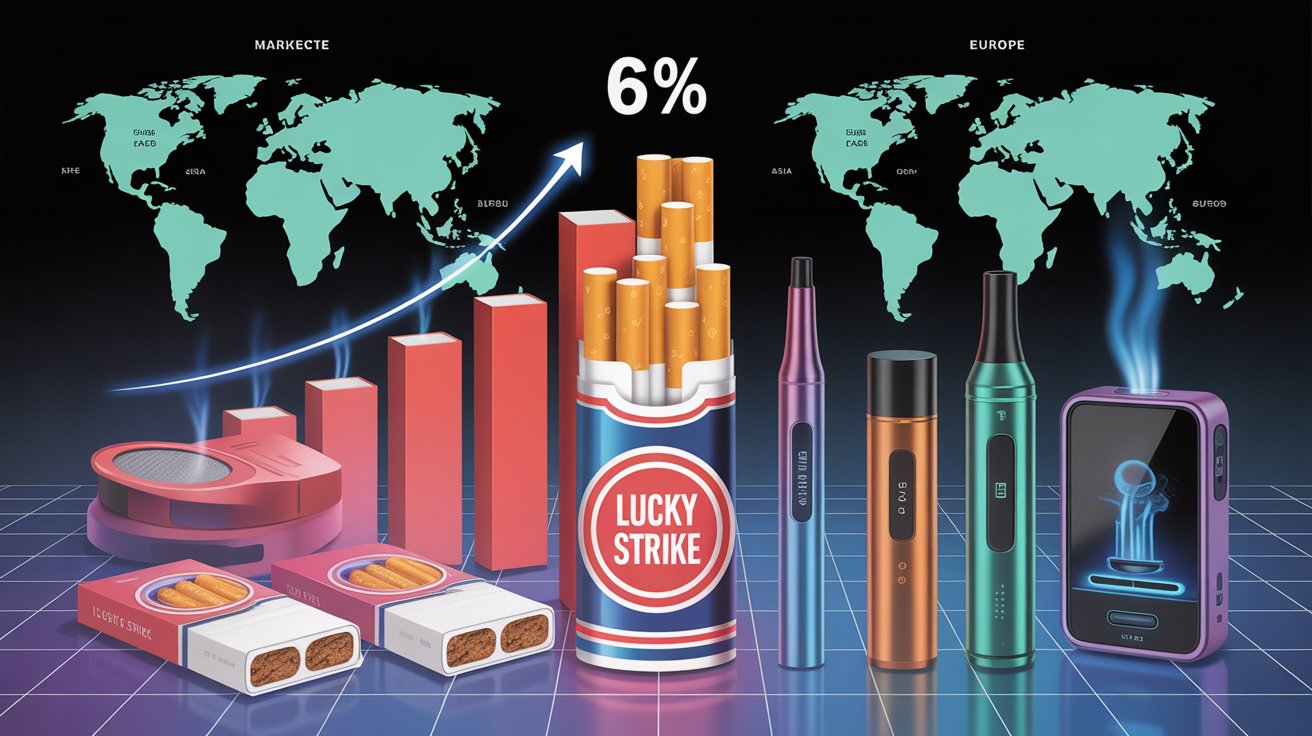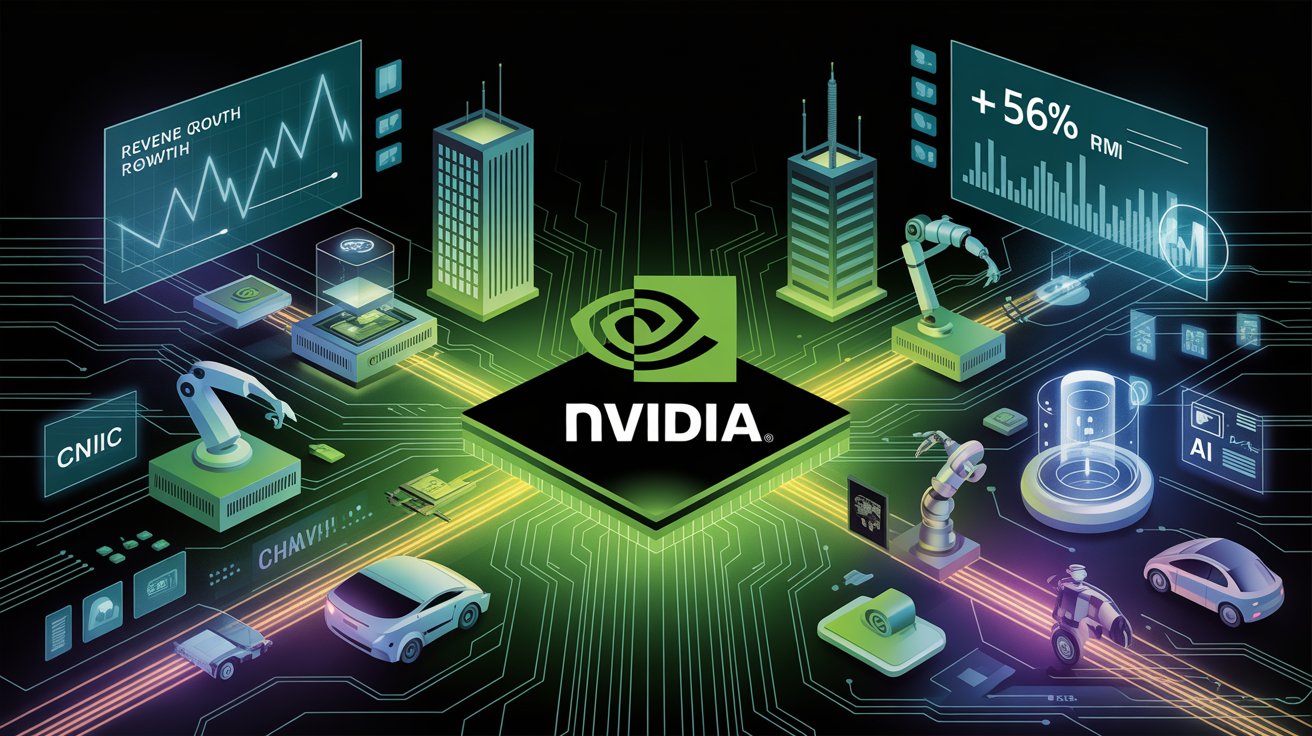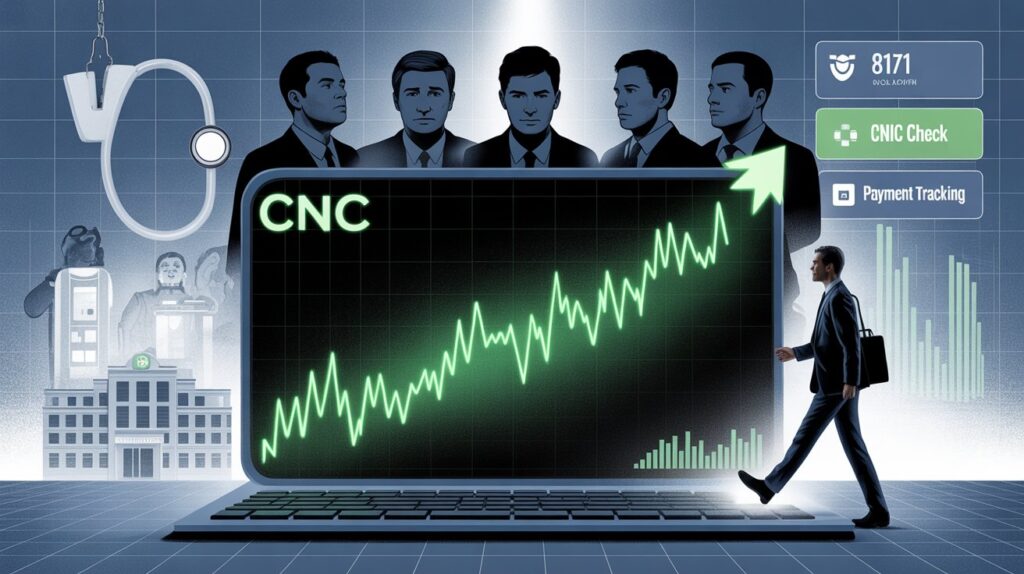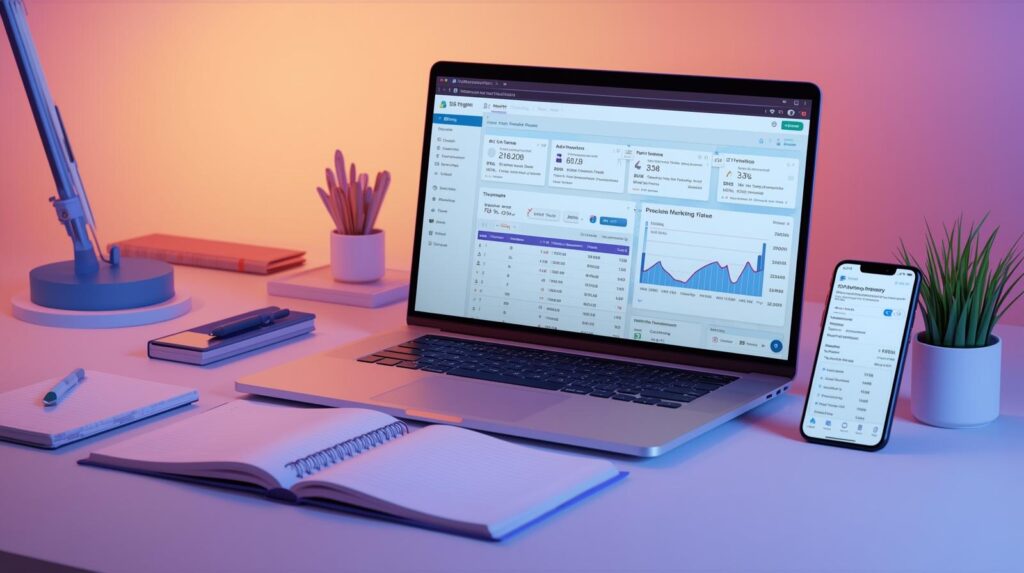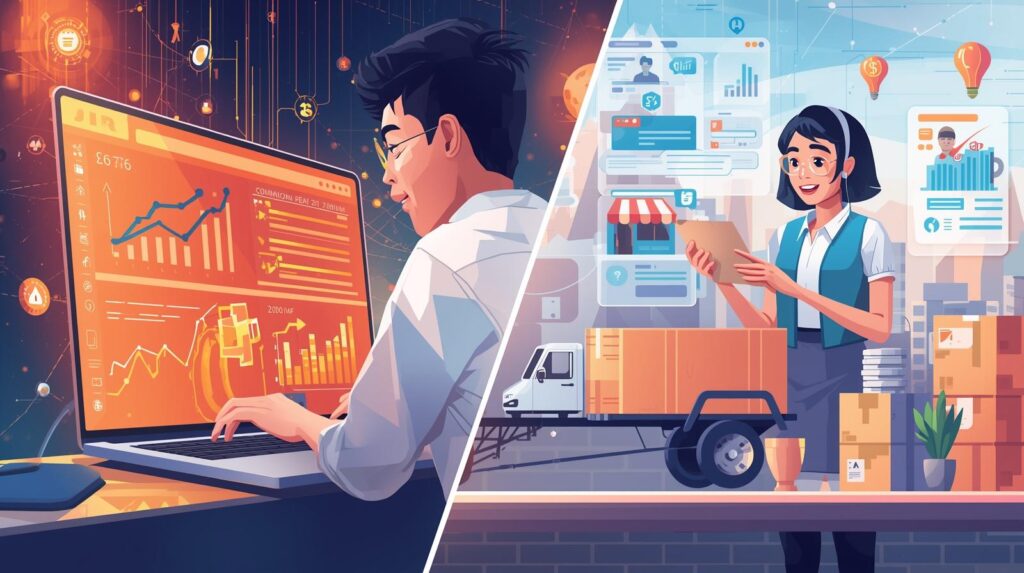Introduction
It’s not every day that a tobacco brand makes headlines for positive financial results, especially in 2025 when the industry is facing some of the toughest headwinds in decades. But here we are—Lucky Strike has done exactly that. The company pulled off a 6% revenue rise in Q4, and the news caught both investors and analysts a little off guard.
Now, the interesting part isn’t just the number itself. It’s the how behind it. In a world where cigarette volumes are shrinking, governments are tightening the screws with new regulations, and consumers are shifting to healthier lifestyles, pulling off growth is not easy. But somehow, Lucky Strike managed to find the right balance between tradition and innovation.

Let’s dive into what’s really happening, why this matters, and what it might mean for the company’s future.
The Headline Numbers: Why 6% Matters More Than It Looks
On the surface, 6% might not sound huge. But the problem is, when your industry is shrinking, even holding ground is an achievement. To actually grow—well, that’s impressive.
Lucky Strike’s parent company reported that Q4 revenues climbed 6% compared to the same quarter last year. A few things drove this:
- Stronger sales in international markets, especially in Asia and parts of Europe.
- Smart pricing adjustments that made up for lower cigarette volumes.
- Growth in reduced-risk products (RRPs) like heated tobacco and vapes.
In fact, much of this story is less about “more smokers” and more about adapting to what smokers want now.
Why It’s a Big Deal in 2025
You know, the tobacco industry isn’t the same giant it was 20 years ago. Cigarette volumes are declining pretty much everywhere. People are more health-conscious, governments are stricter, and alternative products are taking over.
The problem is that legacy brands often fail to keep up. They either cling to old models too long or pivot too late. Lucky Strike seems to be threading the needle—still maintaining traditional cigarette sales but putting serious energy into reduced-risk categories.
Think of it like when people in Pakistan shifted from old government queues to using the 8171 web portal for CNIC checks, payment tracking, and online confirmation. The system didn’t vanish overnight. Instead, there was a hybrid phase: old plus new. That’s kind of what Lucky Strike is doing—keeping the base alive but actively investing in the “latest methods.”
Breaking Down the Revenue Drivers
So what happens is, when you look closer at the numbers, the growth is coming from multiple angles. Let’s break it down:
| Driver | What It Means |
|---|---|
| Traditional Cigarettes | Still the foundation, but volumes are slipping. Prices helped offset declines. |
| Reduced-Risk Products | Heated tobacco and vapes showing strong double-digit growth. |
| Geographic Expansion | Growth in Asia and Eastern Europe balanced weaker U.S. performance. |
| Pricing Strategy | Strategic price increases cushioned falling demand. |
| Cost Control | Efficiency moves meant more revenue flowed to profit. |
In simple words: Lucky Strike is making more money per smoker while also gaining ground with new products.
Investors’ Take: Confidence with Caution
Investors liked the results, no doubt. A bump in revenue in such a tough sector is encouraging. But here’s the caution flag: is this sustainable?
You know how sometimes you check your payment status online and the confirmation looks good, but you’re still waiting for the money to land in your account? That’s sort of where investors are. The revenue rise looks great, but they’re waiting to see if it translates into long-term growth, especially as regulators tighten rules on reduced-risk products too.
Consumer Trends: Why Younger Users Matter
In fact, one of the most overlooked parts of this story is who is driving growth. Younger adults are far less likely to pick up traditional cigarettes. But many are open to vaping and heated products, especially when marketed as “reduced harm.”
Lucky Strike, like others, has leaned into this shift. They’re not just selling cigarettes anymore; they’re selling an alternative lifestyle product. It’s a bet on the next generation of nicotine users.
The Innovation Play
Here’s the thing: tobacco companies that don’t innovate, don’t survive. We’ve seen it before. Lucky Strike’s Q4 results suggest the company knows this. They’re treating reduced-risk products almost like a web portal upgrade—faster, more modern, better suited for today’s consumer.
But the good news is they’re not abandoning the base either. Some companies pivot so hard they alienate existing customers. Lucky Strike is trying to balance both worlds. That balance is tricky, but if they pull it off, it’s a winning strategy.
The Big Risks Ahead
Okay, let’s not sugarcoat it. There are still risks:
- Regulation: Governments are cracking down not just on cigarettes but also on vapes and heated products.
- Health Concerns: Even reduced-risk products aren’t risk-free, and consumer awareness could shift against them.
- Market Saturation: Competitors like Philip Morris and BAT are pushing hard in the same space.
So while Q4 looks good, the next few years will be a real test.
Why This Feels Like a Turning Point
You know how sometimes one quarter feels symbolic? That’s what Q4 2024 (reported in 2025) feels like for Lucky Strike. A small but clear sign that the company is capable of transformation.
If they keep building on reduced-risk products, expand smartly into new markets, and continue managing costs, this could be more than just a short-term bump.
Final Words
Lucky Strike’s 6% revenue rise in Q4 isn’t just about numbers. It’s a story about survival, adaptation, and innovation in one of the toughest industries out there. The company showed that even in a declining market, growth is possible if you know how to pivot.
It’s a bit like moving from manual CNIC checks to using the 8171 web portal—you don’t throw away the old system overnight, but you start building a bridge to the future. Lucky Strike is walking that bridge right now.
The big question is whether they can keep walking it without stumbling. But for now, the results speak for themselves: this brand is still in the game, and maybe even finding new ways to win.
FAQs
Q1: What caused Lucky Strike’s Q4 revenue to rise 6%?
Mainly growth in reduced-risk products and strong international sales, supported by smart pricing.
Q2: Are traditional cigarettes still important for Lucky Strike?
Yes, but volumes are declining. Pricing helps, but the future is clearly in new products.
Q3: How is Lucky Strike adapting to market changes?
By investing heavily in vapes and heated products while maintaining its cigarette base.
Q4: Is this growth sustainable long-term?
It depends on regulation, consumer behavior, and how well Lucky Strike scales reduced-risk products.
Q5: What’s the main lesson from Lucky Strike’s Q4?
That even in tough industries, companies that innovate and balance old with new can still grow.
